You probably think it’s odd to have made it this far into my recap of Key West without any mention of the chickens of Key West, but don’t worry, i’m getting to the good part.
One of the things that makes Key West such a memorable experience is the magical backdrop – tropical plants and animals, perpetually beautiful weather, a gentle sea breeze, and a surprise around every corner. Key West marches to the beat of its own drum, wether it be the ‘live and let live’ attitude, the cultural melting pot of cuisine to be found, the colorful and unique attire, or the unexpected amount of farm-birds to be found roaming the island.
There haven’t always been chickens on Key West – they came to the island by way of early settlers, who kept their chickens in the traditional way – in coups, on farms, for food. In the 1860s, during the 10 year war in Cuba, many cubans fled to nearby Key West for refuge, and brought with them their own birds, descendants of carbbean jungle-fowl. These birds were prized for their scrappy, territorial disposition, perfect candidates for the sport of cock-fighting which was popular at the time. When it was outlawed in the 70s, many of these birds were just set free on the island, mixing with the farm birds, and creating the wild flocks that now call the Keys home.



While you are visiting, please remember that it is against the law to feed these chickens. While they are mostly friendly and definitely we beg for food under your feet, feeding them creates an unhealthy relationship with people, a population boom that the island can’t support, and can even make the chickens unhealthy (I mean, we don’t exactly eat the healthiest fare when on vacation…).



There isn’t a nook or cranny on the entire island where the unofficial mascot can’t be found, and most of the locals have come to embrace their chicken compatriots. I knew that I would need to find a chicken pin to memorialize my Key West visit on my Atlas Pack.
While the chickens are probably the most surprising wildlife on the island, there are plenty of other natives to enjoy as well! I was delighted to spot curly-tailed lizards. These cute little iguanids are also fairly recent immigrants to the island, introduced during the 1940s to help combat sugar-cane pests. They’ve called the island home ever since, eating their fill of insects and even other lizards.
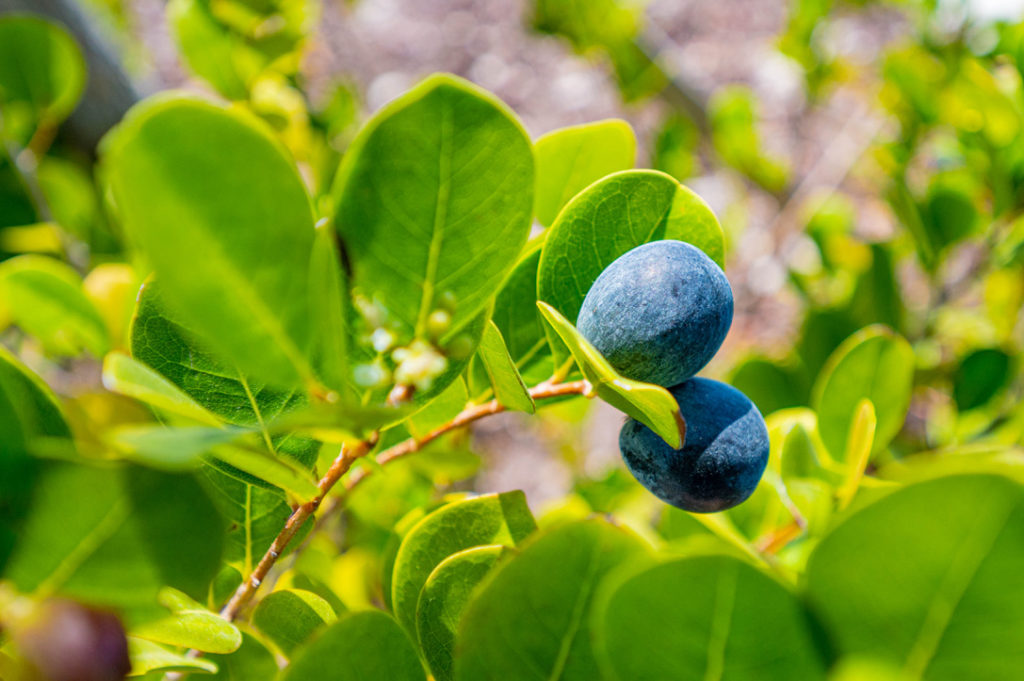
I also spotted this beautiful wild cocoplum while walking – it was growing in between two parking lots. These fruits are said to have a mild flavor and large pits, so it is favored most for making jellies instead of being eaten raw.
Because of the unique climate that Key West enjoys, there are other non-native plants that can be spotted – like the banyan tree, beloved for it’s massive aerial roots. There are several large ones growing around the island, absolute beautiful sights to behold with their thick, ancient branches.
Another unusual tree on the island is the Kapok tree, a sacred plant to the Mayan culture who believed that after death, your soul would climb the tree to reach heaven. Its very distinctive because it has a very wide flare of roots at the base of the tree.
No matter where you go on Key West, or what you find to do there, you will be surrounded by unique and natural beauty – so be sure to save some time to slow down and take it all in!


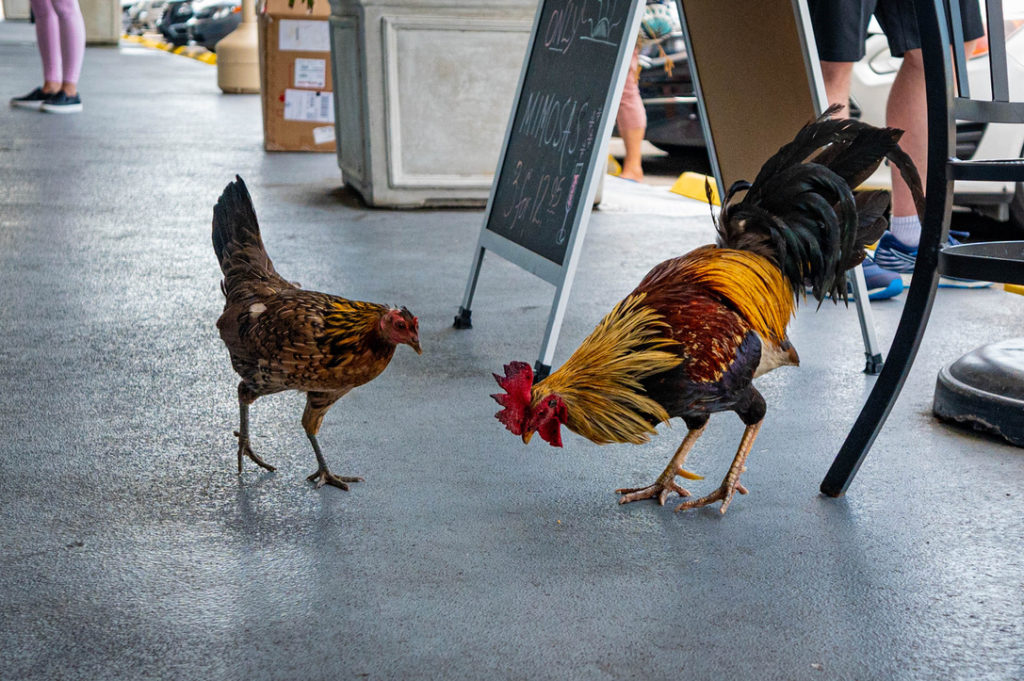
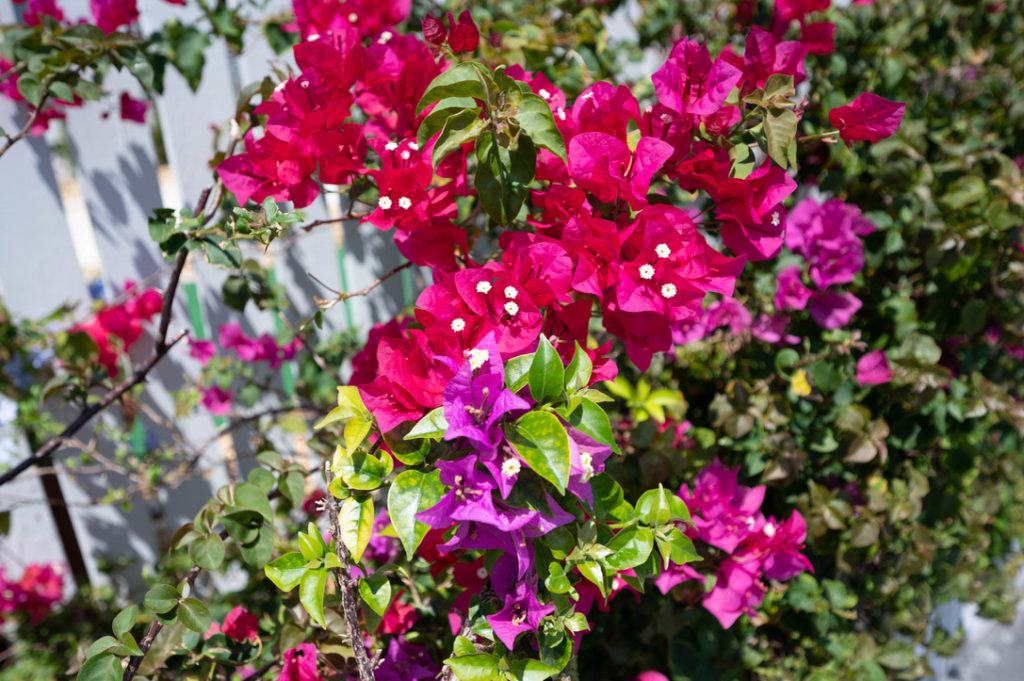

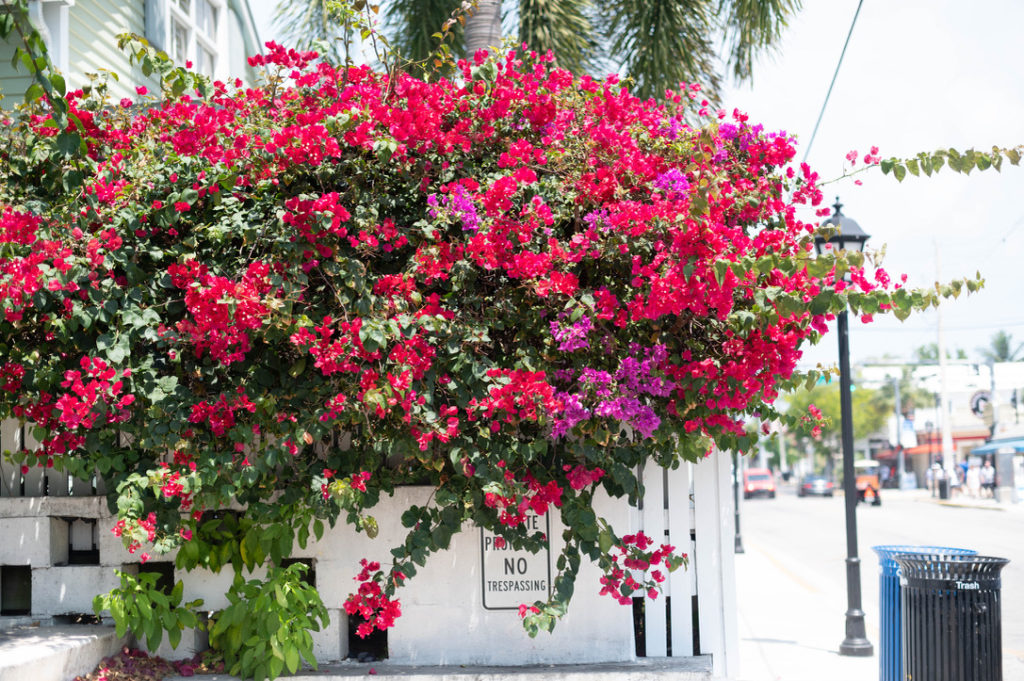
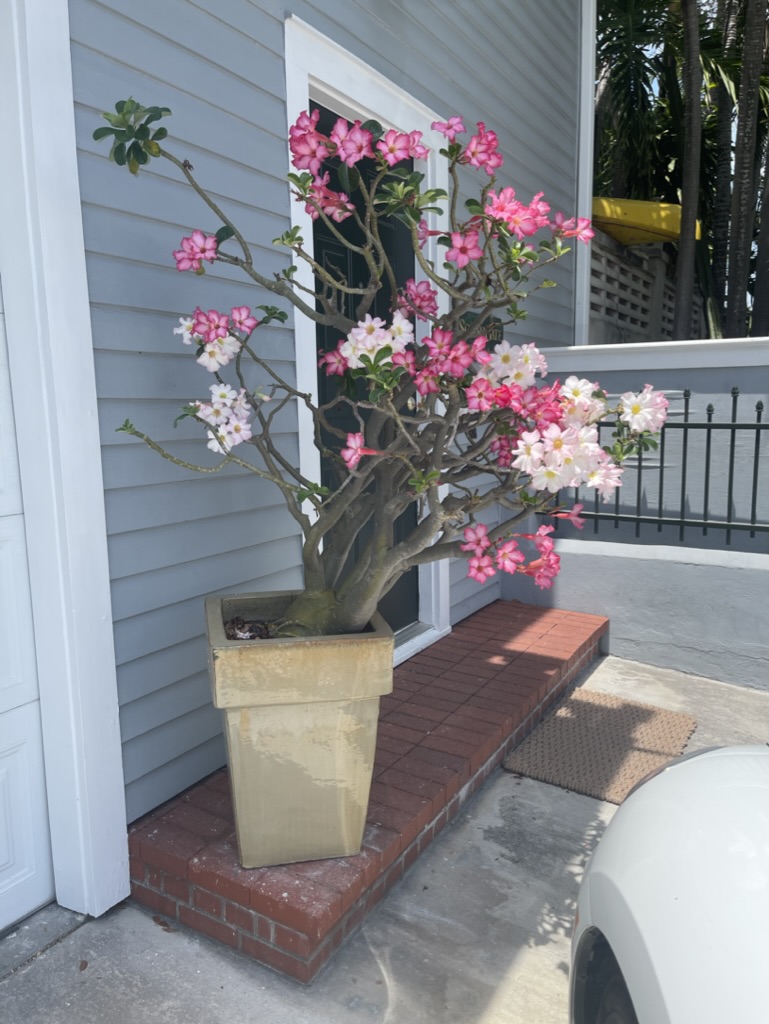
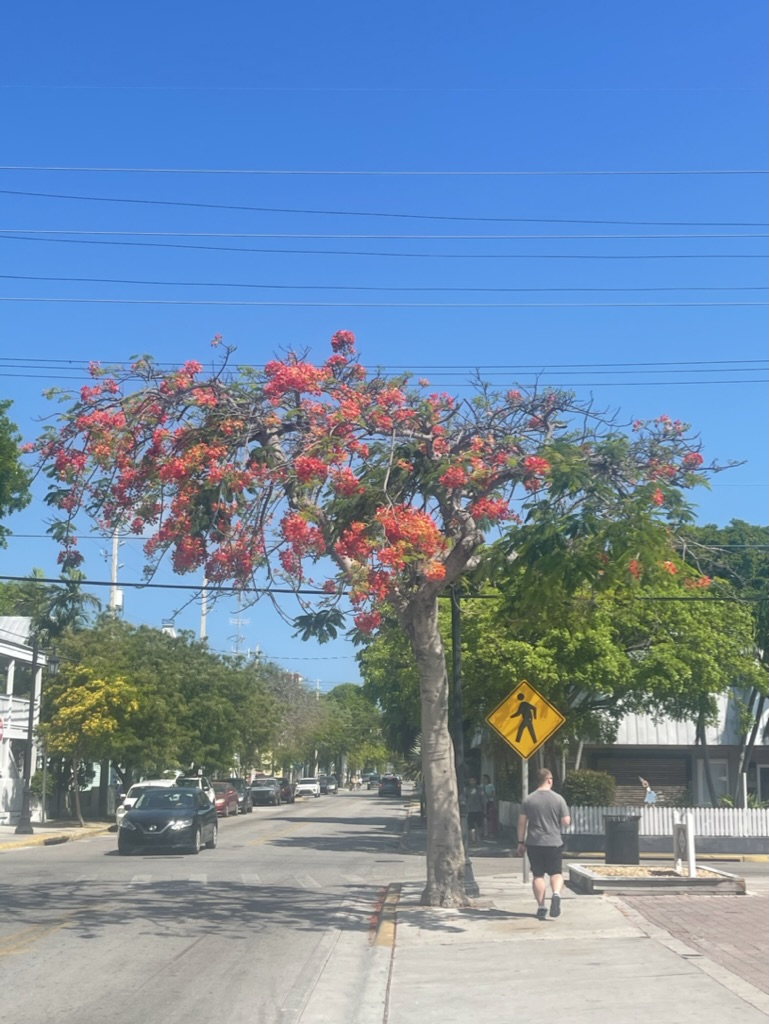
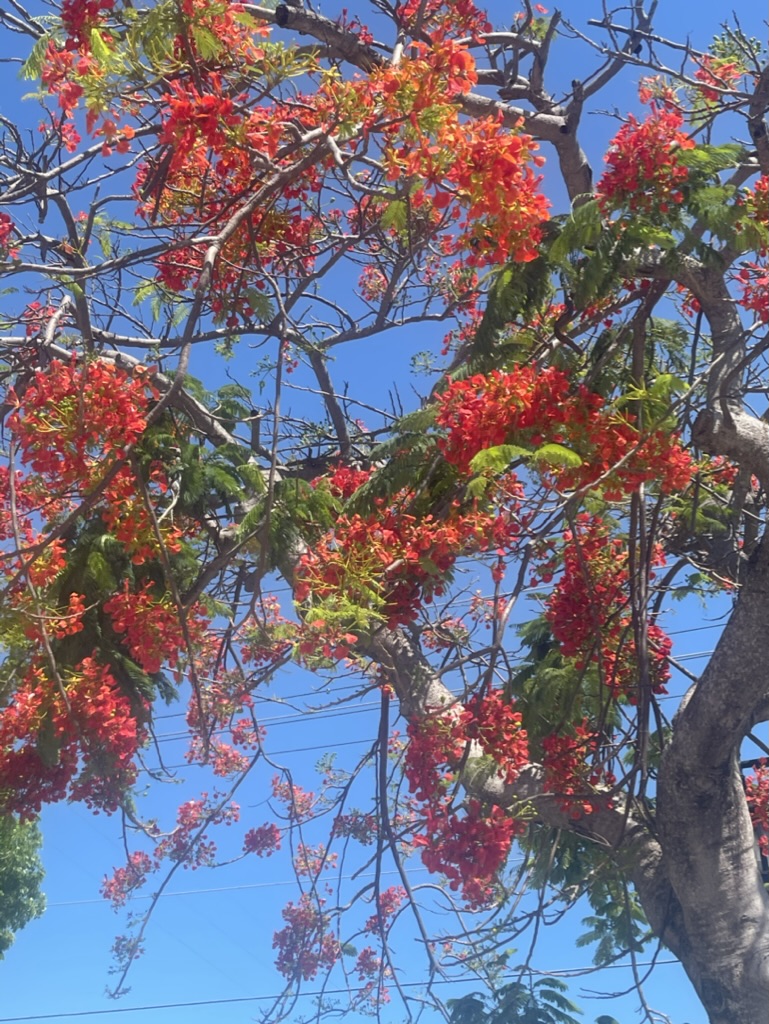
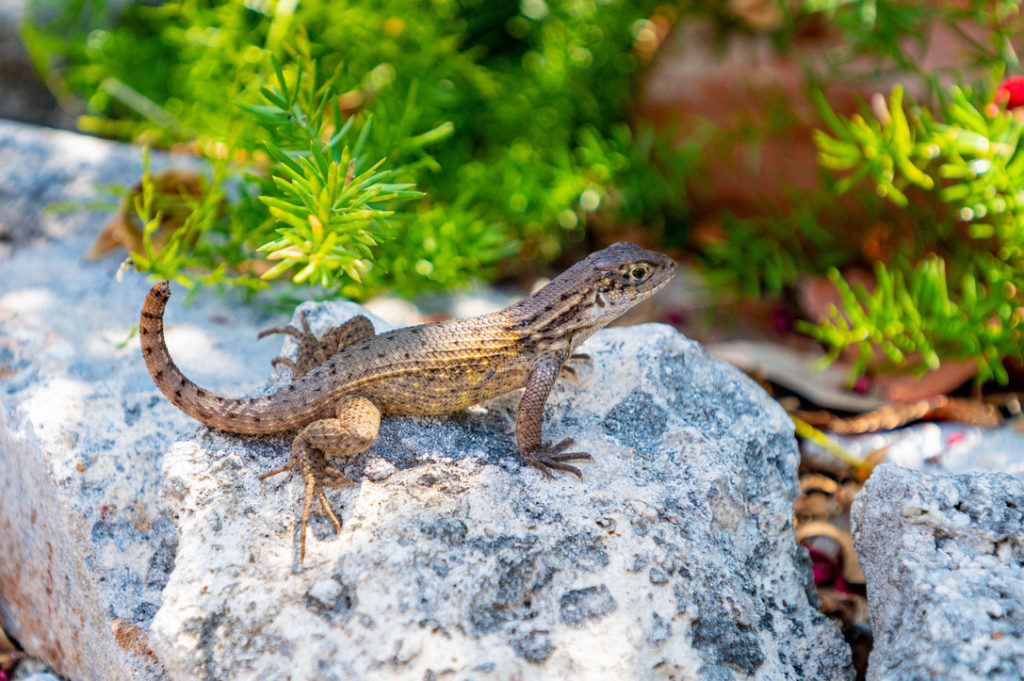

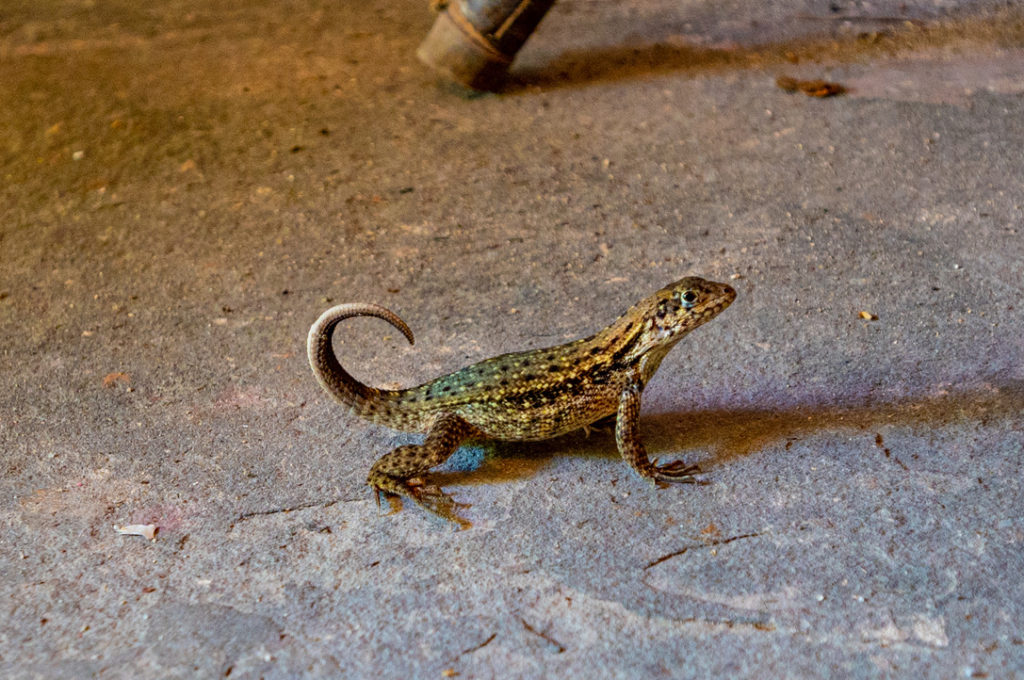
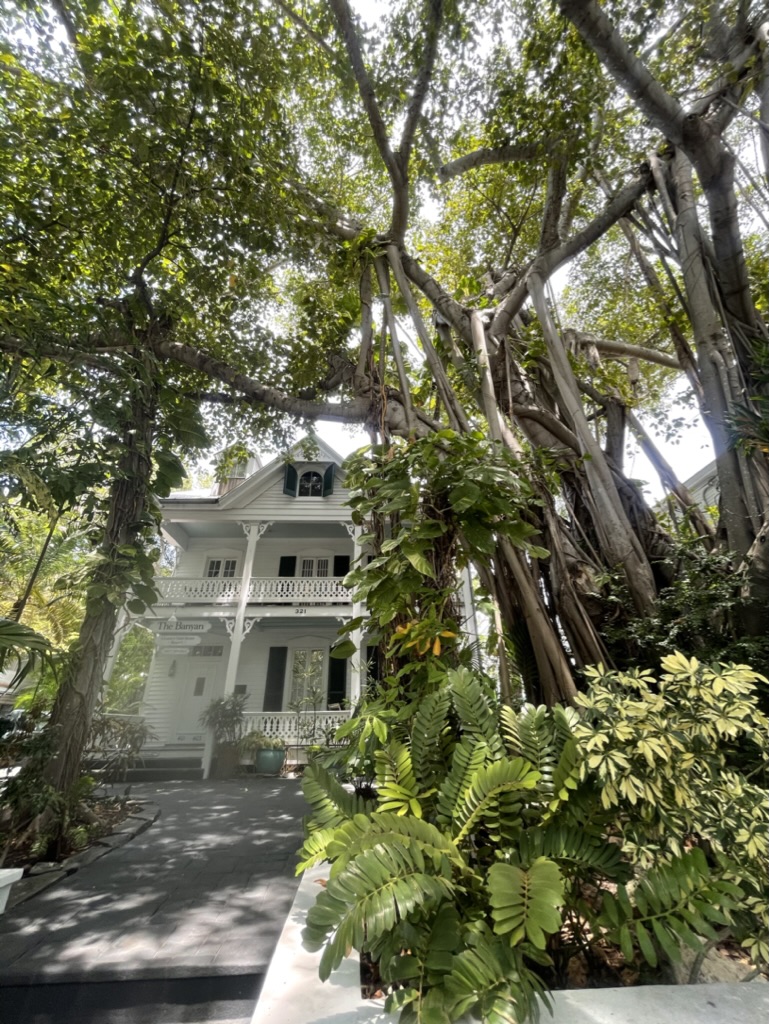
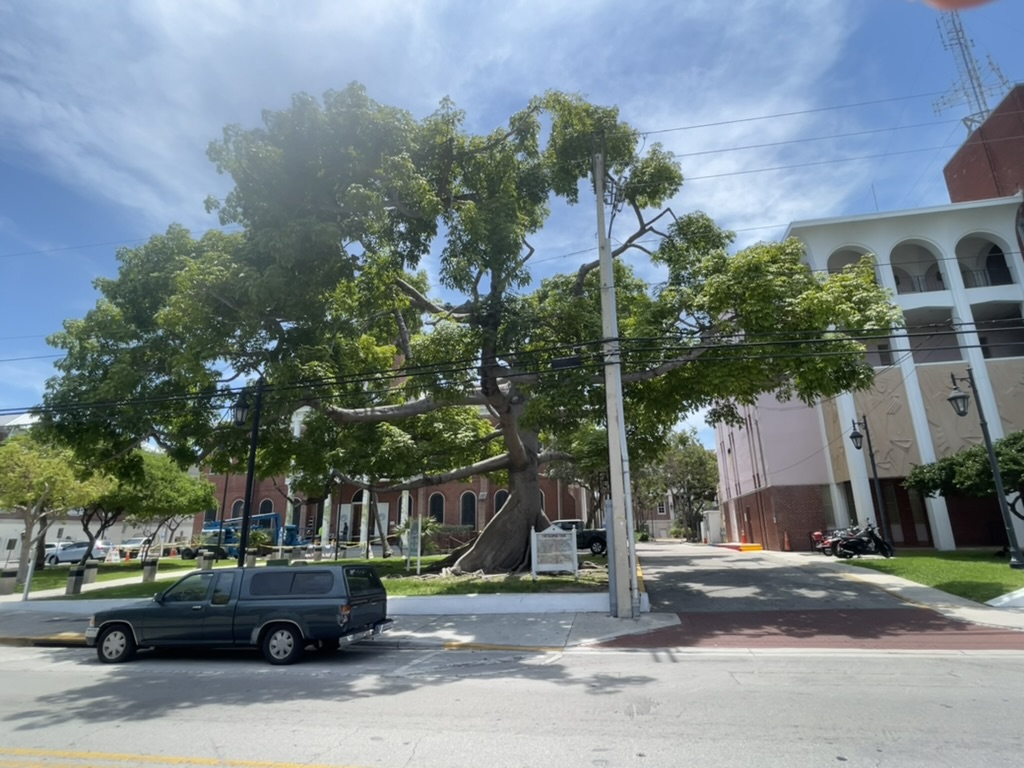
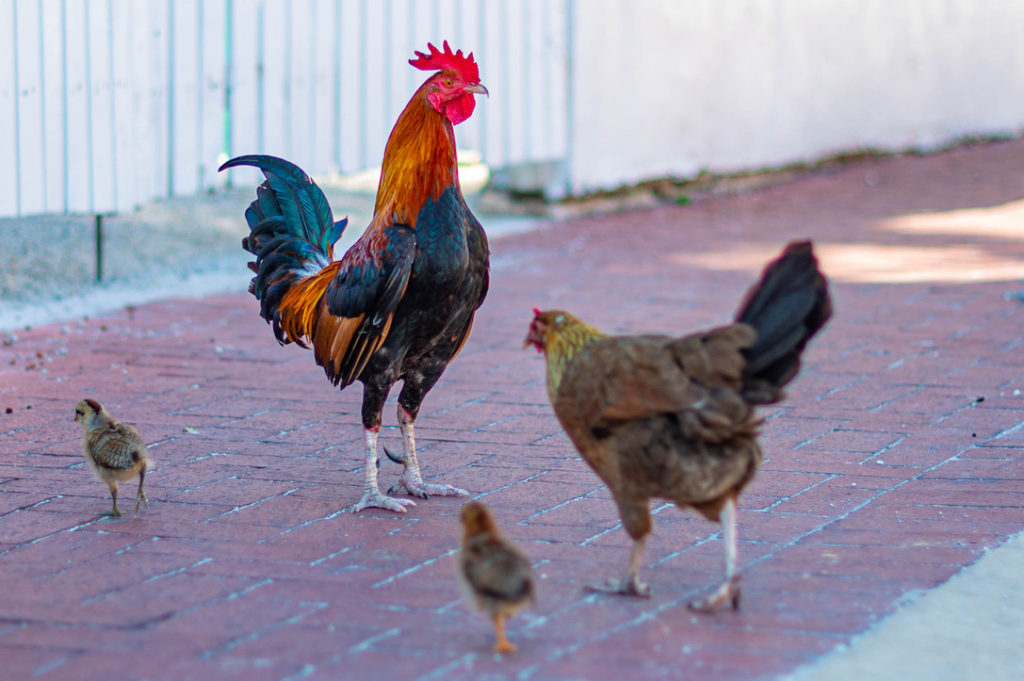
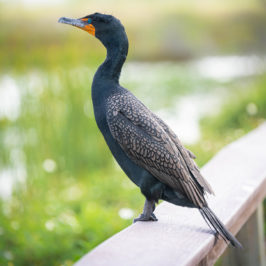
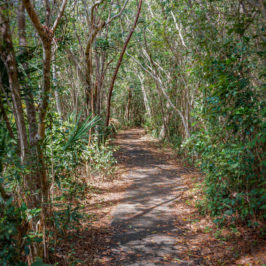
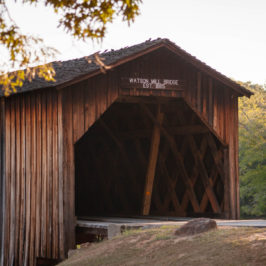



Leave a Reply